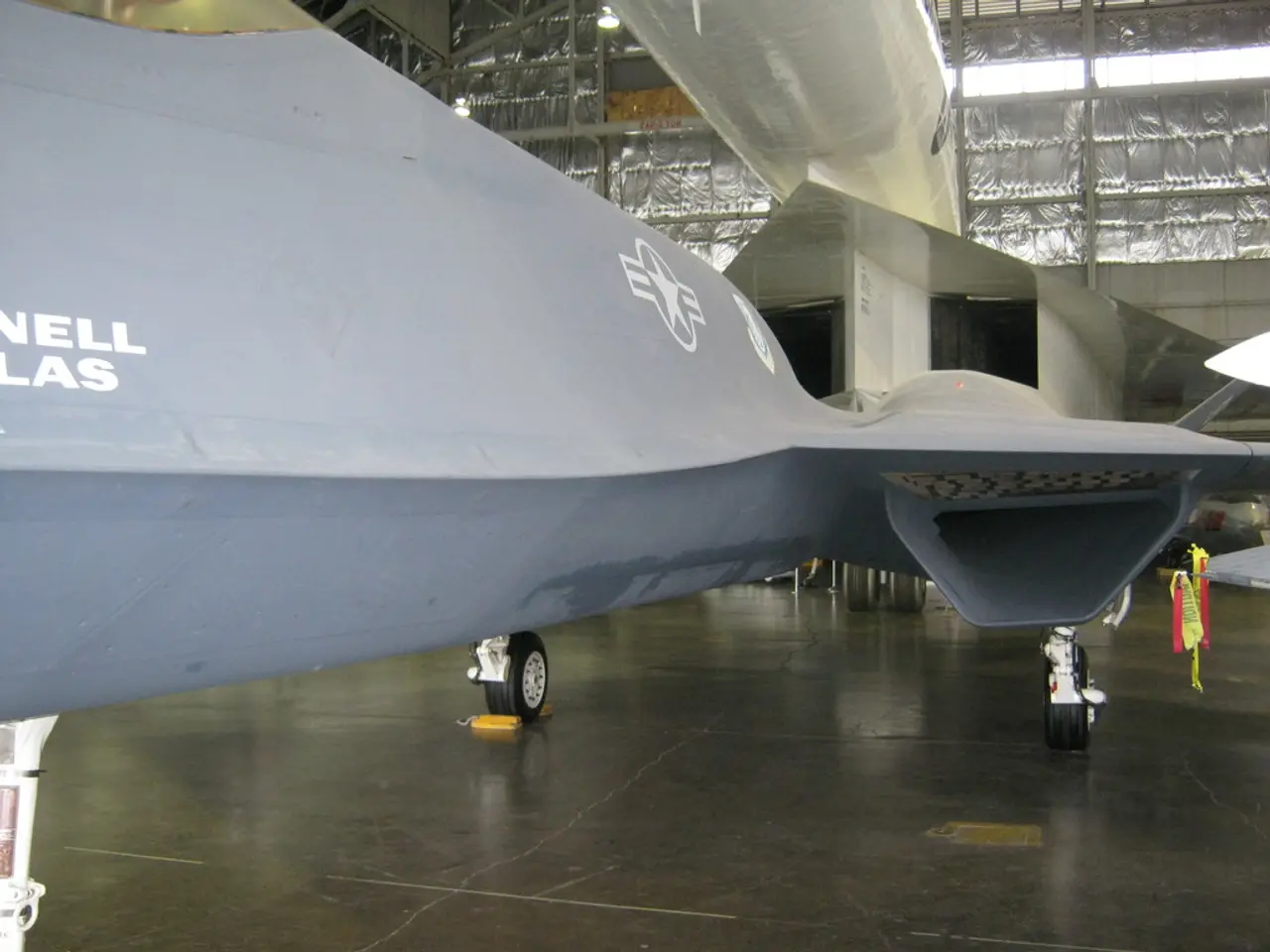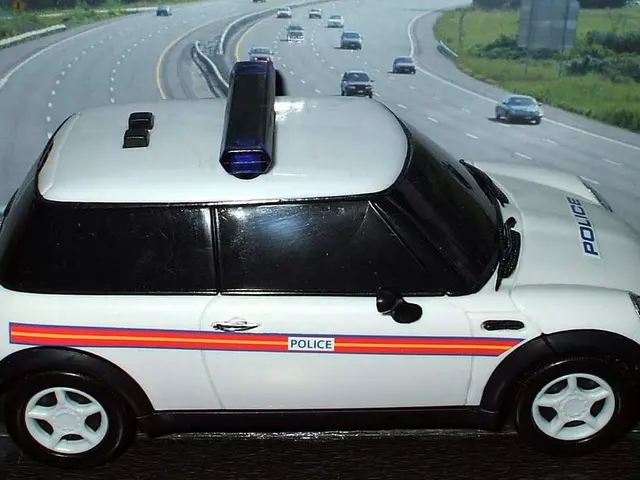Unmanned Lufthansa flight for ten minutes
In February 2024, a medical emergency unfolded in the cockpit of a Lufthansa A321 flight from Frankfurt to Seville. The co-pilot, who appeared normal at the time the captain left the cockpit for a bathroom break around 10:31 AM, suddenly suffered an epilepsy-like seizure due to an undiagnosed neurological condition.
The co-pilot lost consciousness, accidentally activating several switches and pedals. The securely locked cockpit door would not open despite the captain's repeated attempts to input the code. Approximately 36 seconds after the captain left, suspicious sounds were heard on the cockpit voice recorder.
An attempt to communicate via intercom through a flight attendant also failed. The co-pilot regained consciousness and manually unlocked the cockpit door before exhibiting clear physical symptoms of a medical emergency.
The Civil Aviation Safety Authority of the Canary Islands (CIAIAC) conducted an investigation and released a final report praising the crew's professional and effective response to the incident. However, they also made several recommendations to enhance cockpit safety.
The report urges the European Union Aviation Safety Agency (EASA) to re-evaluate cockpit safety at Lufthansa and other airlines. It suggests enhancing medical emergency protocols in the cockpit, improving crew communication and training for handling sudden health incidents, and implementing stricter health assessments for flight crew.
The report also recommends that EASA review current crew staffing regulations to ensure the constant presence of at least two people in the cockpit. This recommendation was originally made after the 2015 Germanwings crash but was later relaxed in 2016.
It is important to note that the report does not discuss the impact of the incident on the flight's passengers or crew, beyond praising their professional response. It also does not mention any disciplinary actions taken against the Lufthansa airline regarding the incident.
Furthermore, the report does not provide details about the co-pilot's medical history or the specific neurological condition that caused the seizure. It is also unclear if any specific changes have been made by EASA in response to the recommendation.
The CIAIAC's report serves as a reminder of the importance of cockpit safety and the need for continuous improvement in aviation protocols. It emphasises the need for stricter health assessments for flight crew and the importance of having at least two people in the cockpit at all times.
Read also:
- Federal Funding Supports Increase in Family Medicine Residency Program, Focusing on Rural Health Developments
- Potential Role of DHA in Shielding the Brain from Saturated Fats?
- Alternative Gentle Retinoid: Exploring Bakuchiol Salicylate for Sensitive Skin
- Hanoi initiates a trial program for rabies control, along with efforts to facilitate the transition from the dog and cat meat trade industry.








